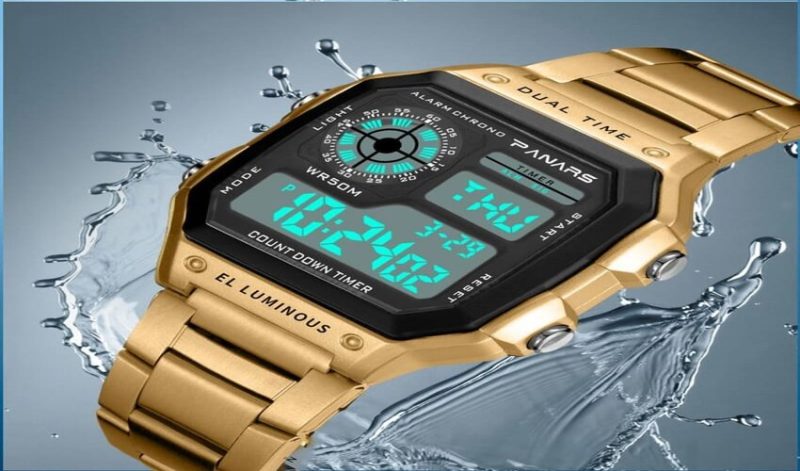The world of wristwatches is undergoing a significant transformation with digitalization. Traditional watch brands, known for their craftsmanship and timeless design, embrace technology to reshape their businesses and drive growth. This article explores the impact of digitalization, particularly Augmented Reality or AR on watch businesses and how it is redefining the customer experience.
The Traditional Watch Industry
The watch industry has long been associated with tradition and heritage. Popular brands have built their reputation on handcrafted precision and exquisite mechanical movements. However, as the digital age continues to disrupt various industries, the watch business is open to change.
Embracing Augmented Reality (AR)
Augmented Reality, often abbreviated as AR, is a technology that superimposes digital information, such as images and animations, onto the real world. In the context of the watch industry, AR is revolutionizing how customers interact with timepieces.
Virtual Try-Ons
One of the most notable applications of AR in the watch industry is virtual try-ons. Customers can use AR apps or devices to “try on” watches virtually, using their smartphones or wearable AR glasses. This allows potential buyers to see how a particular watch would look on their wrist without physically trying it on. It’s a game-changer for online and brick-and-mortar retailers, eliminating the need for physical inventory for try-ons and making the shopping experience more immersive.
Enhanced Product Visualization
AR also enables watch brands to provide enhanced product visualization. Potential buyers can use AR apps to explore every detail of a watch, from its intricate dial to the movement inside. This level of interaction and visualization was previously limited to physical stores but is now available to anyone with a compatible device.
Personalization and Customization
AR-driven personalization is another way digitalization is reshaping the watch business. Customers can use AR to customize their watches by choosing different dials, straps, and even case materials. This level of personalization enhances the emotional connection between customers and their timepieces, leading to increased brand loyalty.
In-Store Experiences
Even traditional brick-and-mortar watch boutiques are benefiting from AR technology. In-store customers can use AR devices to access additional information about a watch, including its history, specifications, and pricing. This enhances the customer experience and empowers sales associates with valuable tools to engage and educate customers.
Online Sales and Augmented Reality
Online sales have grown tremendously in recent years, and AR plays a pivotal role in this shift. Customers can virtually try on watches from the comfort of their homes, increasing their confidence in online purchases. It also reduces the rate of returns, as customers have a clearer understanding of how a watch will look and fit.
Augmented Reality and Brand Storytelling
AR allows watch brands to tell their stories in new and engaging ways. Brands can create AR experiences that take customers through their history, craftsmanship, and innovation. This storytelling approach educates customers and fosters a deeper connection with the brand.
Sustainability and Reduced Carbon Footprint
Digitalization, including the use of AR, can contribute to sustainability efforts in the watch industry. Brands can lower their carbon footprint by reducing the need for physical try-ons and printed marketing materials. Moreover, AR-driven customization can reduce overproduction and waste, aligning with the growing demand for eco-friendly practices.
The Future of Watches and Digitalization
The fusion of traditional craftsmanship with digitalization, mainly through AR, marks an exciting evolution in the watch industry. As more brands embrace this technology, we can expect increasingly innovative ways to engage customers, enhance the shopping experience, and tell compelling brand stories.
Conclusion
Digitalization is breathing new life, powered by AR on watch businesses. It’s not about replacing tradition but enhancing it with modern tools and experiences. For watch brands that embrace this transformation, the future looks bright, promising growth, sustainability, and a deeper connection with customers in the digital age. The watch industry is not just keeping up with the times; it’s setting the pace for a new era of horology.

Aimee Garcia is a senior editor at ReadDive. She has 5+ years of experience in Digital Marketing. She has worked with different IT companies.





